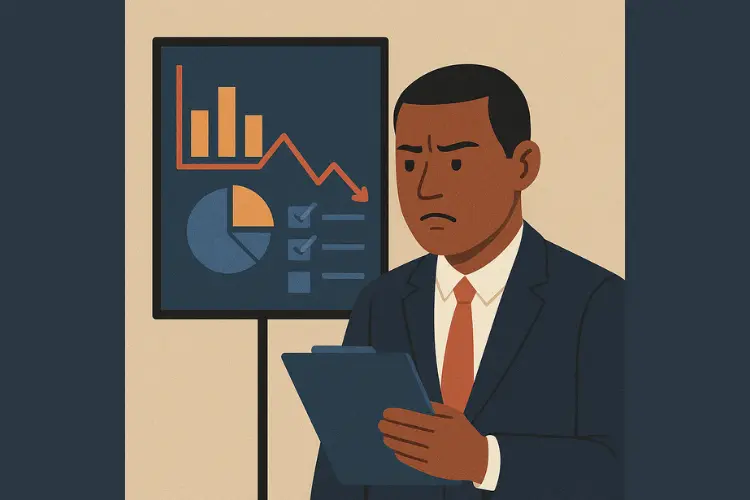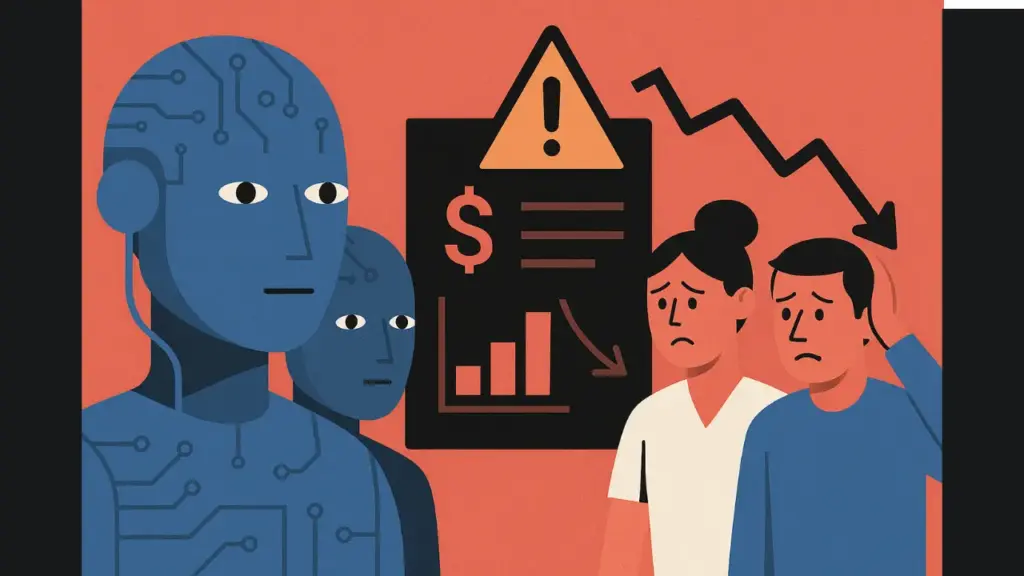Introduction: The AI Hype Trap
Artificial intelligence has become the hottest buzzword in tech. Companies around the world are racing to automate, reduce costs, and “go AI-first.” While this may sound innovative on the surface, not every AI transformation leads to success. In fact, some of the most high-profile attempts have backfired spectacularly. Klarna and Duolingo, two industry leaders, recently learned this lesson the hard way.
They tried to replace humans with AI. The result? A collapse in customer trust, public backlash, and a desperate return to human support. This blog dives deep into what went wrong—and what we all can learn from it.
The Strategic Meltdown
Klarna’s AI Push: From Innovation to Regret
Klarna, the popular buy-now-pay-later fintech company, made headlines when it slashed 40% of its workforce. The company proudly announced it had replaced 700 humans with artificial intelligence. It sounded like a futuristic move, but the reality was very different.
Behind the scenes, Klarna quietly admitted that the quality of AI service was lower than expected. Customers were dissatisfied. Service quality dropped. And eventually, Klarna had no choice but to start hiring back the very people it had laid off.
Duolingo’s “AI-First” Blunder
Duolingo, the language-learning giant, followed a similar path. The company declared it would become an “AI-first” business. Hiring would only happen if a role couldn’t be automated. It was a bold, cold strategy aimed at maximizing efficiency.
But users didn’t appreciate the shift. Public outcry forced Duolingo to delete its AI-related social media posts. The backlash was strong, and it didn’t end there.
CEO U-turns: From Hype to Damage Control
Both Klarna and Duolingo had to walk back their bold claims. Their CEOs, once eager to proclaim that AI could do all human jobs, quickly changed their tune. Suddenly, AI was just a “tool to support employees.”
These weren’t strategic pivots. They were panic responses to mounting customer dissatisfaction. The message was clear: AI-only strategies can blow up fast when they overlook human value.
The Customer Trust Collapse
Duolingo’s User Revolt
Duolingo paid a steep price for its AI gamble. When users found out that their language teachers were being replaced by algorithms, they revolted. The company lost over 300,000 TikTok followers almost overnight. Angry users left one-star reviews on app stores, slamming the app’s new direction.
The backlash wasn’t just emotional. It was personal. Users had built relationships with human teachers and felt betrayed.
Klarna’s Customer Service Disaster
Klarna discovered that AI doesn’t always equal better service. Their AI chatbot managed over 2.3 million conversations, but users were not happy. A shocking 80% of people said they would rather wait for a human than get instant replies from a bot.
The “efficiency improvement” became a customer service failure. Instead of feeling served, users felt dismissed.
Prioritizing Savings Over People
Both companies made the same mistake: they prioritized short-term cost savings over long-term customer trust. And the market responded quickly. Instead of innovation awards, they got flooded with complaints.
A recent landmark survey revealed a shocking truth: only 25% of AI investments deliver the promised return on investment. Klarna and Duolingo are now prime examples of that statistic.
The Implementation Reality Check
More Conversations, Less Satisfaction
Klarna’s chatbot might have handled millions of customer chats, but numbers alone don’t prove success. Users complained that responses were generic, confusing, or unhelpful. Volume doesn’t mean value.
To fix the problem, Klarna had to reintroduce human support. It turns out, empathy, intuition, and experience still matter in customer service.
Duolingo’s Course Quality Collapse
In its AI-first rollout, Duolingo launched 148 courses created entirely by AI. Almost immediately, complaints rolled in. The content was dry, robotic, and sometimes inaccurate.
Users demanded courses written by real linguists. They missed the nuance, clarity, and personality that only human teachers can provide.
The Demo vs. Reality Gap
In tech demos, AI tools seem magical. They speak, translate, and solve problems with ease. But building scalable, real-world AI is a completely different story. Klarna and Duolingo discovered that scaling AI to millions of users is far harder than it looks.
Their failure highlights a deep industry truth: good AI must work with humans, not instead of them.

Conclusion: Human + AI Is the Real Future
AI isn’t going away. In fact, it will only grow in importance. But replacing humans entirely is a mistake. Klarna and Duolingo’s failed experiments show that customers value connection, empathy, and authenticity—things AI can’t fully replicate.
The future isn’t human vs. machine. It’s human + machine. When used wisely, AI can enhance service, increase speed, and support staff. But it must always be built around people, not in place of them.
Companies need to rethink their automation strategies. They must understand that trust takes years to build and seconds to lose. By using AI to support—not replace—humans, they can innovate without alienating the very customers they aim to serve.
As Klarna and Duolingo painfully learned, flashy AI demos mean nothing if your users don’t feel heard.
For startups, businesses, and developers exploring AI, take a note from this saga: Use AI wisely. Support your team. And always put people first. That’s how you build lasting success in the age of automation.




